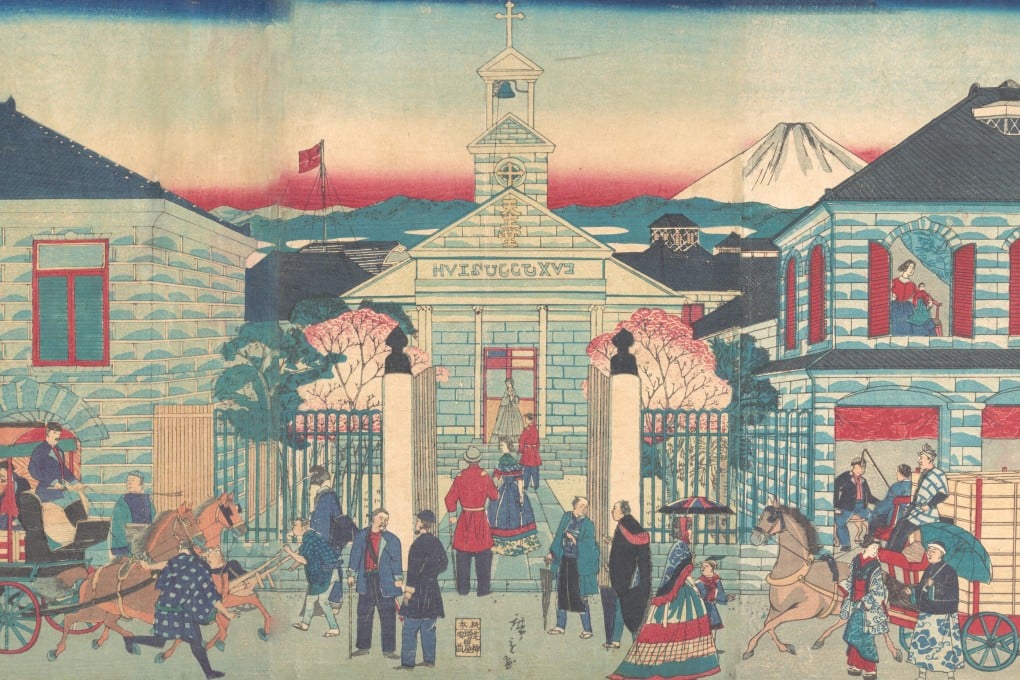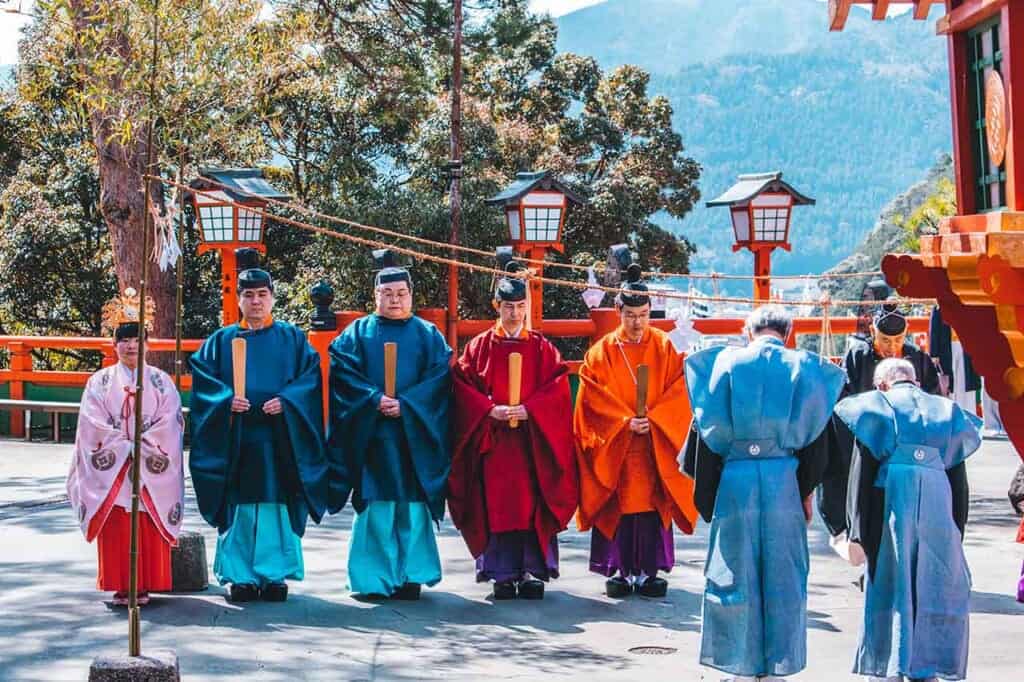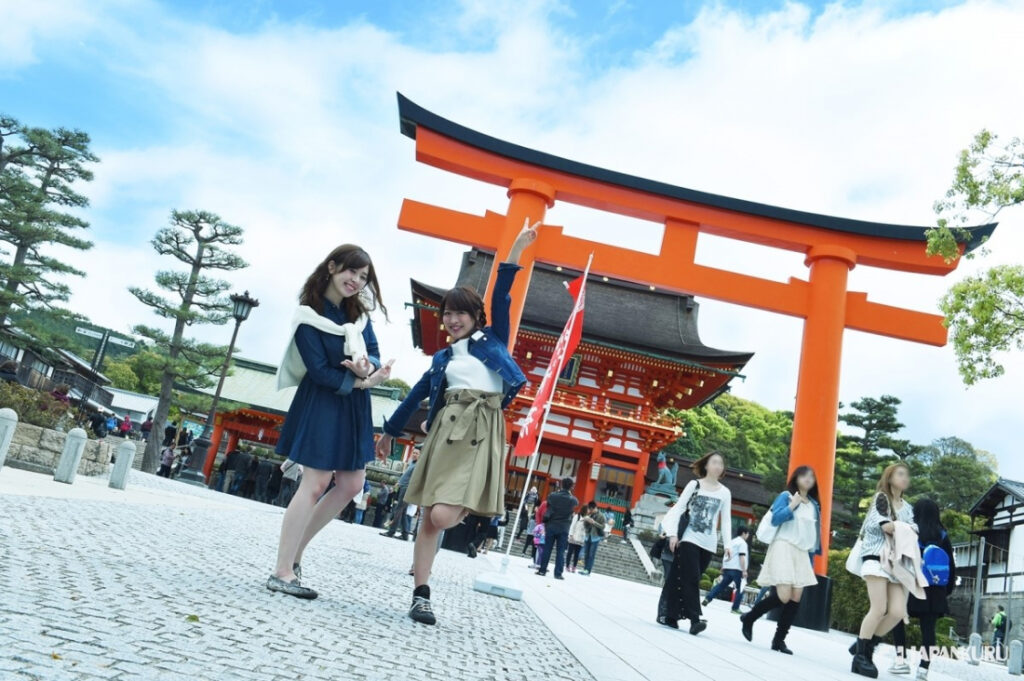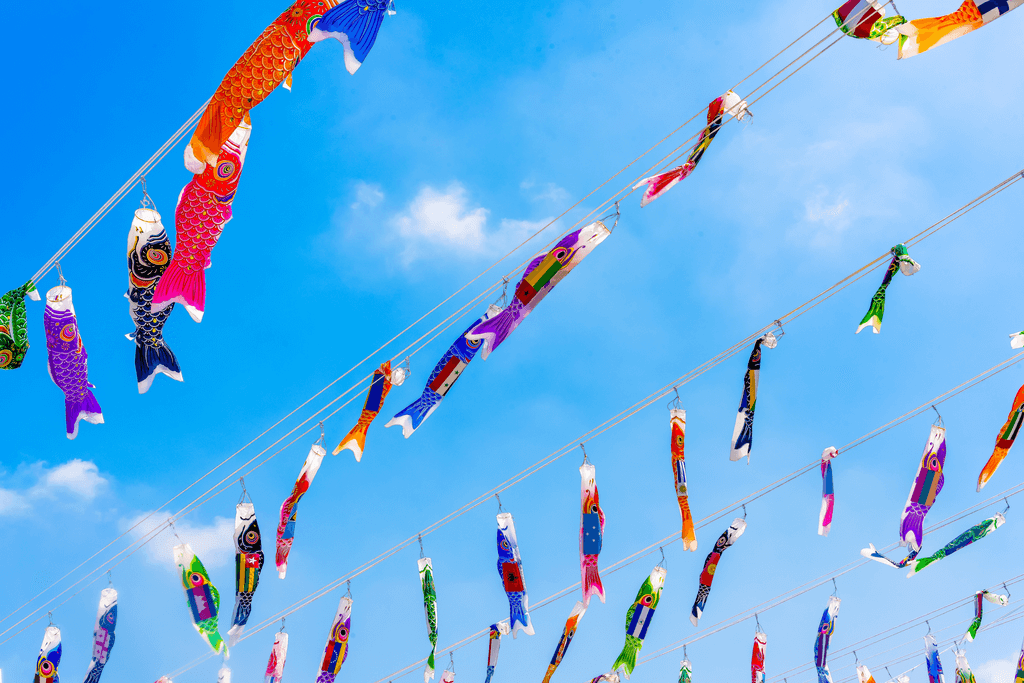Discover the origins, beliefs, and practices of the Shinto religion in Japan. Learn its history, traditions, and cultural background in this detailed guide. What is the Shinto religion in Japan all about in terms of history and background?
The Shinto religion in Japan is one of the oldest spiritual traditions in the world. It is deeply connected to nature, ancestors, and daily rituals that bring people closer to harmony. When I first explored its teachings, I was fascinated by how it blends cultural identity, spirituality, and tradition. Shinto is not just about belief but about living in balance.
The Historical Origins of Shinto
The history of Shinto dates back over 2,000 years, even before Buddhism arrived in Japan. It developed organically, shaped by ancient myths, rituals, and respect for nature. Unlike many religions, it has no single founder. I found it amazing that Shinto evolved naturally from Japanese folklore and traditions, making it truly unique among world religions.

Shinto and Japanese Mythology
At the heart of Shinto beliefs are myths from the Kojiki and Nihon Shoki, ancient Japanese texts. These writings describe how the gods, known as kami, created the islands of Japan. I realized that these myths are not just stories but guiding principles. They connect people to their homeland and explain why Japan holds such sacred meaning.
The Concept of Kami
In Shinto tradition, kami are spirits found everywhere—in rivers, trees, rocks, and even people. Unlike gods in other religions, kami are not all-powerful beings but spiritual presences. When I learned about kami, I noticed how it fosters respect for nature. By honoring them, followers of Shinto strengthen their connection with the environment and community.
Shinto Shrines and Their Importance
Visiting a Shinto shrine is one of the most meaningful experiences in Japan. These shrines are sacred spaces dedicated to specific kami. I remember feeling peace while walking through torii gates, which symbolize leaving the everyday world behind. People visit shrines for blessings, festivals, and personal prayers, making them central to Japanese culture and identity.

Rituals and Practices in Shinto
Daily rituals are an essential part of Shinto practices. From purification ceremonies to offering food and prayers, everything has meaning. I found the hand-washing ritual at shrines symbolic of cleansing the spirit. Festivals, known as matsuri, bring entire communities together to celebrate life and thank the kami. These traditions show how Shinto connects people to their roots.
Shinto and Buddhism in Japan
One fascinating fact is how Shinto and Buddhism coexist peacefully in Japan. Instead of clashing, the two religions blended over centuries. I noticed many shrines and temples often stand side by side. People may practice rituals from both faiths without conflict. This harmony reflects Japan’s cultural flexibility and respect for multiple paths to spirituality.
The Role of Nature in Shinto
Nature is at the heart of the Shinto religion. Forests, rivers, and mountains are sacred spaces where kami dwell. I realized that this belief encourages people to protect the environment. Even in modern Japan, many festivals are tied to harvests, seasons, and natural cycles. Shinto teaches that by caring for nature, we honor the spirits within it.

Shinto Festivals and Celebrations
Shinto festivals, or matsuri, are vibrant celebrations full of color, music, and tradition. They honor the kami and bring communities together. I enjoyed learning about celebrations like Hatsumode, the first shrine visit of the year. These events are more than rituals—they reflect joy, gratitude, and the essence of Japanese culture. Each festival strengthens bonds among people.
Shinto in Modern Japan
Although modernization has changed many traditions, Shinto practices remain alive in Japan. From weddings to seasonal festivals, Shinto rituals are still part of daily life. I noticed that even people who don’t see themselves as religious often participate in shrine visits. This shows how Shinto is less about belief and more about cultural identity.
Shinto Symbols and Meanings
The symbols of Shinto carry deep meanings. The torii gate, for example, marks the entrance to a sacred space. The mirror represents truth, while ropes and paper streamers symbolize purity. I found these symbols beautiful because they remind people of the connection between the physical and spiritual. Every element tells a story of faith and tradition.
Key Differences from Other Religions
Unlike many religions, Shinto has no sacred scripture or strict moral code. It emphasizes rituals and harmony rather than commandments. I think this makes it more flexible, focusing on living respectfully rather than following rules. Its focus on purity, nature, and community sets it apart, making it a way of life rather than just a set of beliefs.
Shinto and Japanese Culture
From art and architecture to family traditions, the Shinto religion influences every part of Japanese culture. I noticed it in the design of temples, in traditional festivals, and even in daily greetings. Shinto provides a framework for respect, gratitude, and beauty in life. It is so woven into culture that one can’t separate Japan from Shinto.

Table: Key Aspects of Shinto Religion
| Aspect | Details |
|---|---|
| Origin | Ancient Japan, over 2,000 years ago |
| Core Belief | Worship of kami (spirits in nature, ancestors, and objects) |
| Sacred Texts | Kojiki and Nihon Shoki (mythological records) |
| Rituals | Purification, offerings, prayers, and festivals (matsuri) |
| Symbols | Torii gate, mirror, rope, and sacred objects |
| Cultural Influence | Shrines, festivals, art, traditions, and Japanese identity |
Quotes on Shinto Religion
“Shinto is a way of life rather than a set of dogmas. It teaches harmony with nature and gratitude for life.”
“The spirit of Shinto lives in the heart of Japan, woven into its traditions, culture, and daily practices.”
Conclusion
The Shinto religion in Japan is more than an ancient faith—it is a cultural identity that connects people to nature, community, and their ancestors. I admire how it blends seamlessly with modern life while keeping traditions alive. By understanding Shinto, we gain a deeper appreciation for Japan’s history and values. It truly shows that spirituality can be a way of living.
Key Takeaways
- The Shinto religion in Japan is one of the oldest traditions, rooted in nature and ancestors.
- Kami are spiritual presences found in nature, people, and sacred objects.
- Rituals, shrines, and festivals keep Shinto alive in modern Japan.
- Shinto emphasizes purity, harmony, and respect instead of strict rules.
- It is deeply tied to Japanese culture, art, and daily life.


